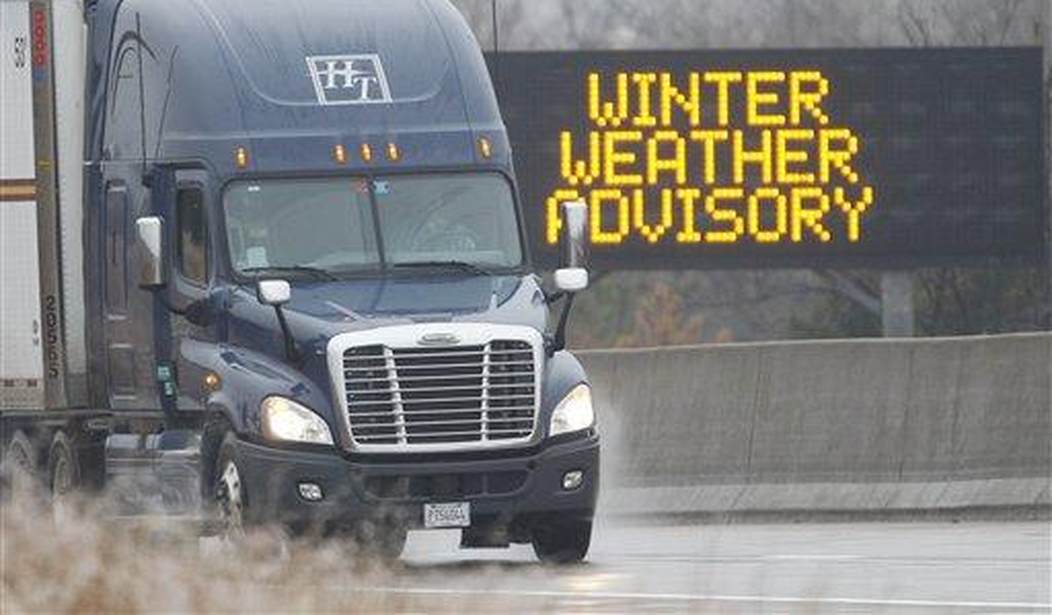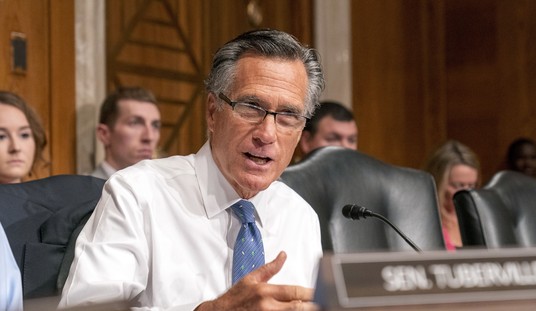Editor's note: This piece was authored by Andrew Donaldson
Stereotyped slogans and lazy data analysis are nothing new, but when rhetorical tropes become the foundation for regulatory policy, real world consequences quickly happen. Add this mix of laziness and bias to something as impactful to the overall economy as the commercial truck driver shortage, and you have preventable folly inevitably turning into full blown disaster.
The push back against a pilot apprenticeship program in President Biden’s recently passed infrastructure package has all those factors converging into a frustrating mess where a policy solution ought to be. Signed into law in November of 2021, the program would allow commercial drivers license (CDL) holders under the age of 21 to drive across state lines after completing additional training. The stated goal is to get more commercial drivers into the interstate trucking ranks at a younger age and alleviate the truck driver shortage in an industry with serious retention issues. Issues that are projected to get much worse if no action is taken.
According to the U.S. Census Bureau’s quinquennial Commodity Flow Survey, calculated in partnership with the Department of Transportation, 71.6% or $10.4 trillion of the $14.5 trillion of the value of all goods moved in America did so on commercial trucks in the last year the report was taken. Commercial trucking and the freight it carries is the working end of the United States economy that makes all other commerce possible. Every one of those commercial trucks must be driven by one of the 3.5 million truck operators who must hold a CDL.
Yet, for years, warnings about an impending commercial truck driver shortage have gone unheeded. Some of the reasons for alarm were obvious; like many other sectors of the economy, large numbers of the Baby Boomer generation were set to retire around the same time. Other reasons, like the COVID-19 pandemic and domestic labor shortage that accompanied it, were not as predictable, but further exposed already existing issues.
Recommended
Then there are the self-inflicted issues of regulation, gatekeeping, and poor policy. While 49 states allow CDLs for anyone over 18 who otherwise meets the requirements, federal statute restricts them from crossing state lines in most cases unless they are 21 years of age. “Letting younger people just go all over the country, it’s unsafe, it’s crazy,” Owner Operator Independent Drivers Association Executive Vice President Lewie Pugh expressed in opposition to the pilot apprentice program. “We all know that younger people crash more. They have more accidents.”
But the data for young drivers in general is not accurately or fairly representative of those over 18 years of age who are properly trained and certified commercial drivers. Those who cite such figures use data sets that lump 16-19 year olds together as one block of teenagers, and only as general population drivers. The 16-17 year old cohort has by far the highest accident risk factors. Lumping the adult 18-20 year olds in with the teenage beginner drivers skews the data. We are not letting 16-17 year olds drive commercial trucks, so while it sounds good that “young drivers have more accidents” the line doesn’t apply to young adult commercial drivers.
And the data proves it.
Research from The National Surface Transportation Safety Center for Excellence at Virginia Tech shows that experience, not age, is the deciding factor in most accidents involving commercial trucks. Not only that, but inexperienced older commercial drivers have a far higher rate of accident than any other age group, due to factors such as overconfidence and having more difficulty learning to safely operate a commercial truck than younger counterparts. Further, despite the rhetoric from some, just because 18-20 year olds are young people doesn’t make them kids. The age of 18 has been a long-standing legal recognition of adulthood. 18-21 year olds make up the backbone of the enlisted ranks of the United States military, another example demonstrating experience and training are far more important factors of ability than age alone. It is important to note that the pilot apprenticeship program is predicated on training requirements over and above the basic CDL training. Skills younger drivers don’t magically lose the minute they cross into a new state.
The pilot apprenticeship program is not a perfect plan by any means: Some of the equipment limitations are superfluous, the program sunsets in three years unless renewed by legislative act, and it is limited to only 3,000 participants. Even with these flaws and shortcomings, however, it is a positive step that would show young adult drivers capable of starting to fill the gap if given the opportunity.
Too often, the voices that complain about young adults not taking their place in society are the same voices that insist on infantilization by arbitrary and unnecessary age-biased regulation. 18-21 year old truck drivers who already hold a CDL are not kids; they are certified, skilled, and trained adults who are vital to the economy. Ignore the lazy rhetoric and stereotypes about young drivers, believe the data and the pressing need of the crisis at hand, and let the young adults take the commercial driving wheel.
Andrew Donaldson is a published writer and media commentator, managing editor of Ordinary Times, and a Young Voices contributor. He is also the host of Heard Tell, a veteran, and has worked in the transportation industry as a driver manager and freight operations supervisor.
























Join the conversation as a VIP Member